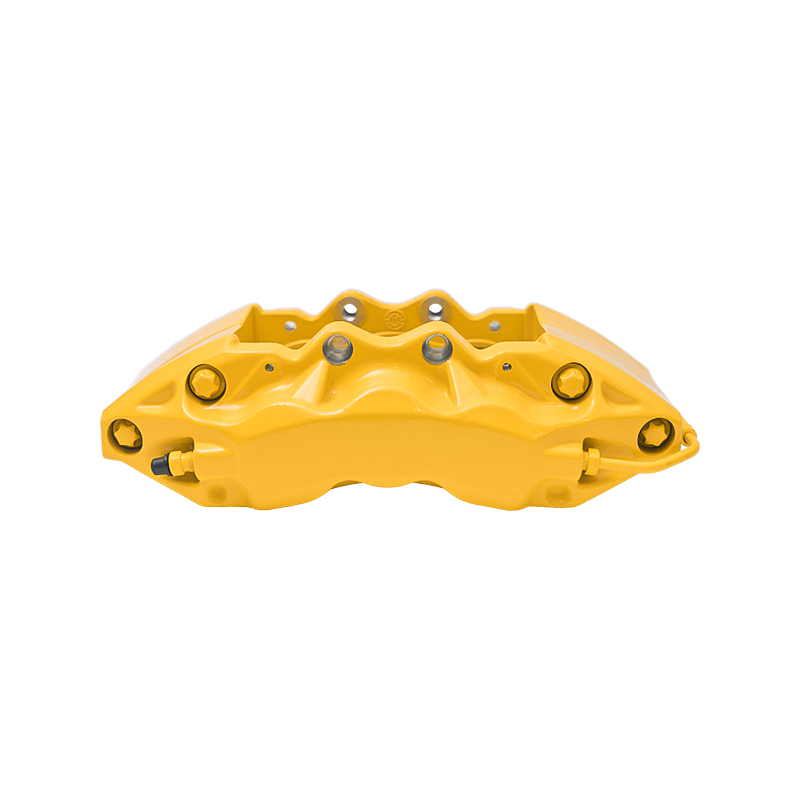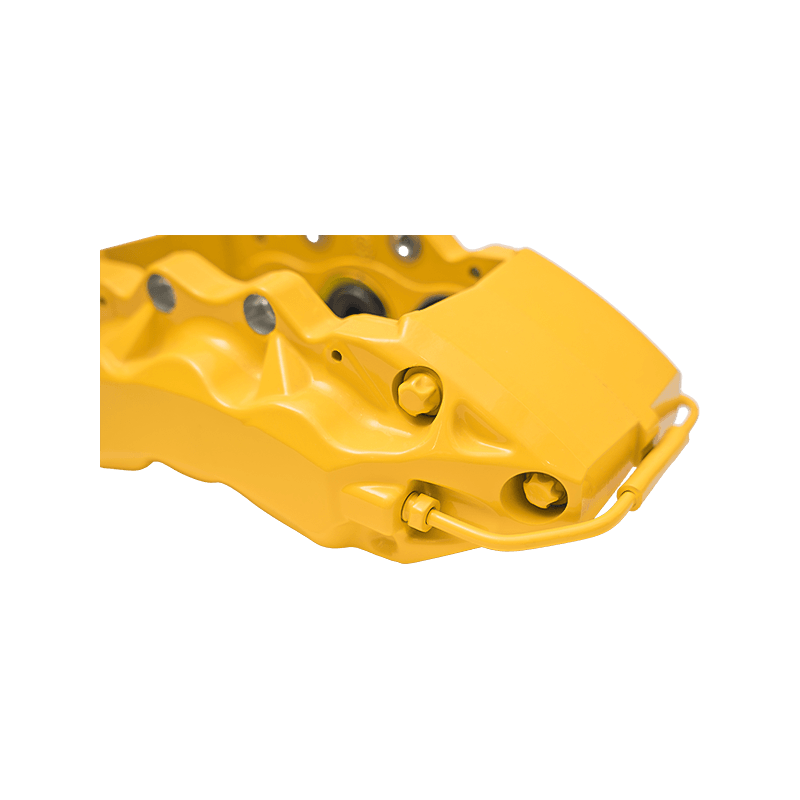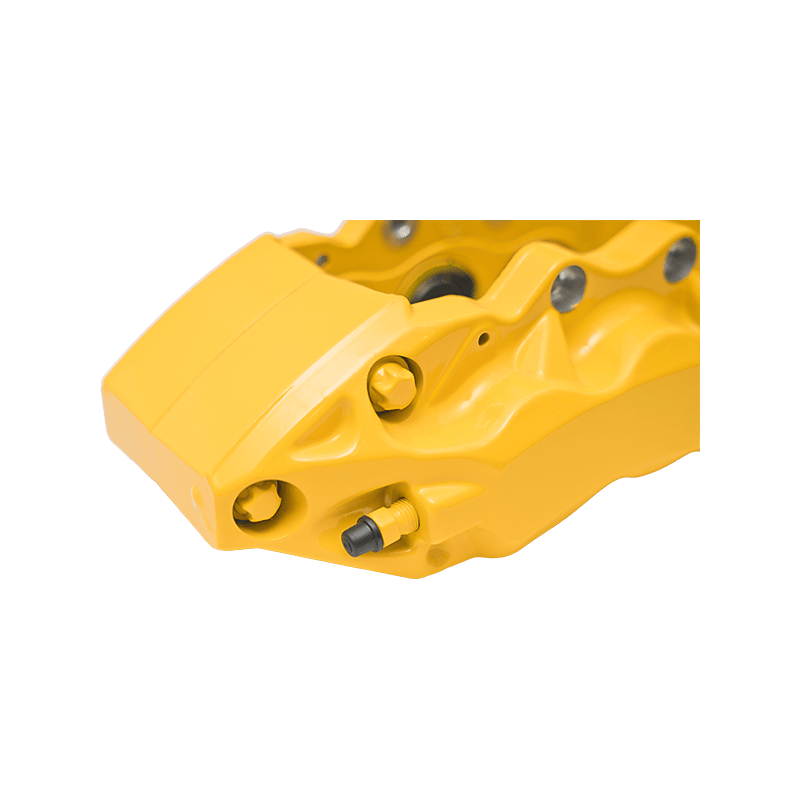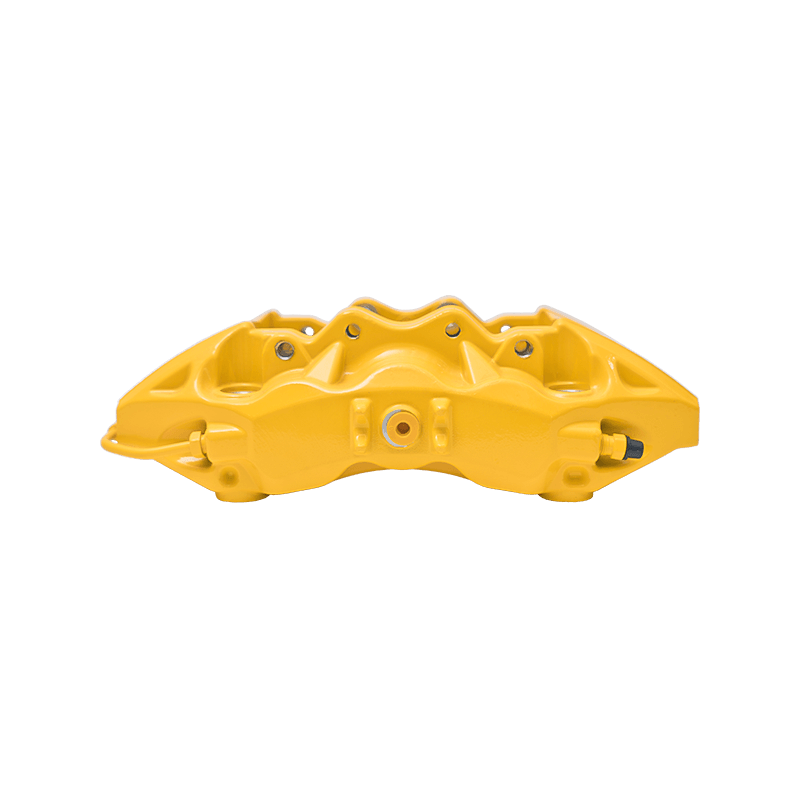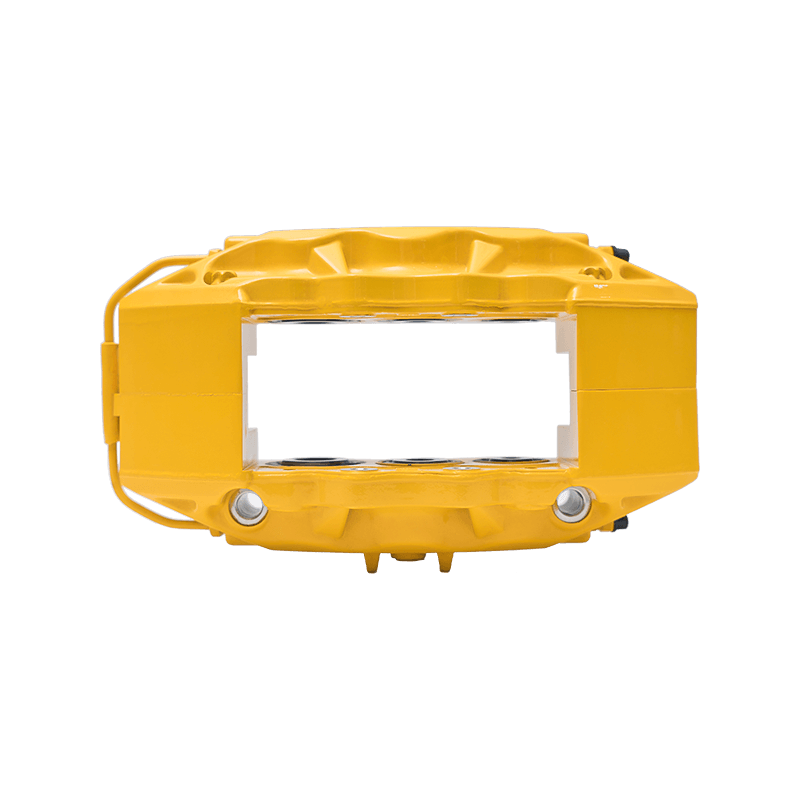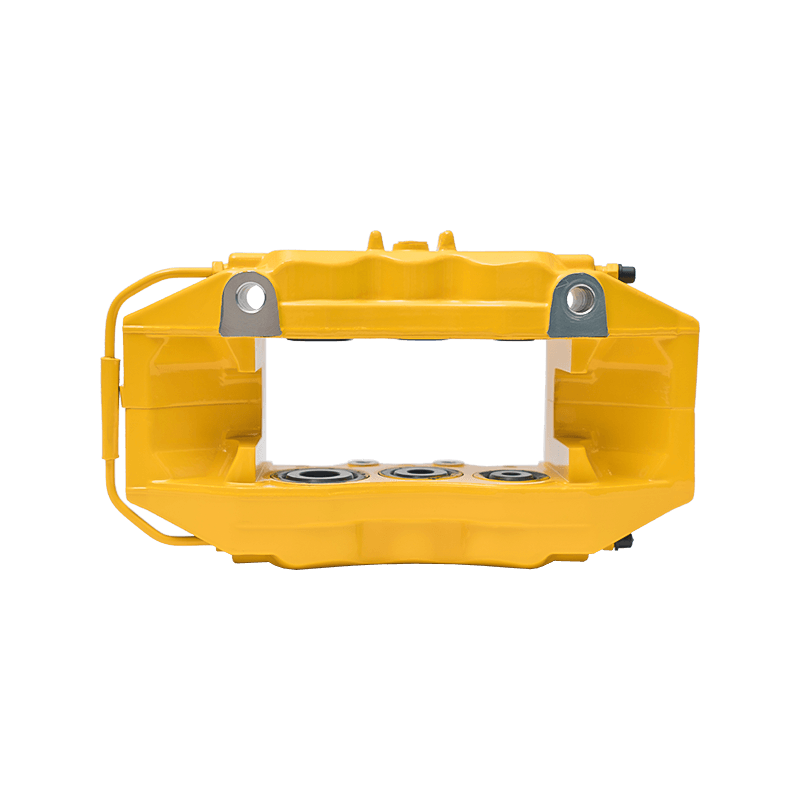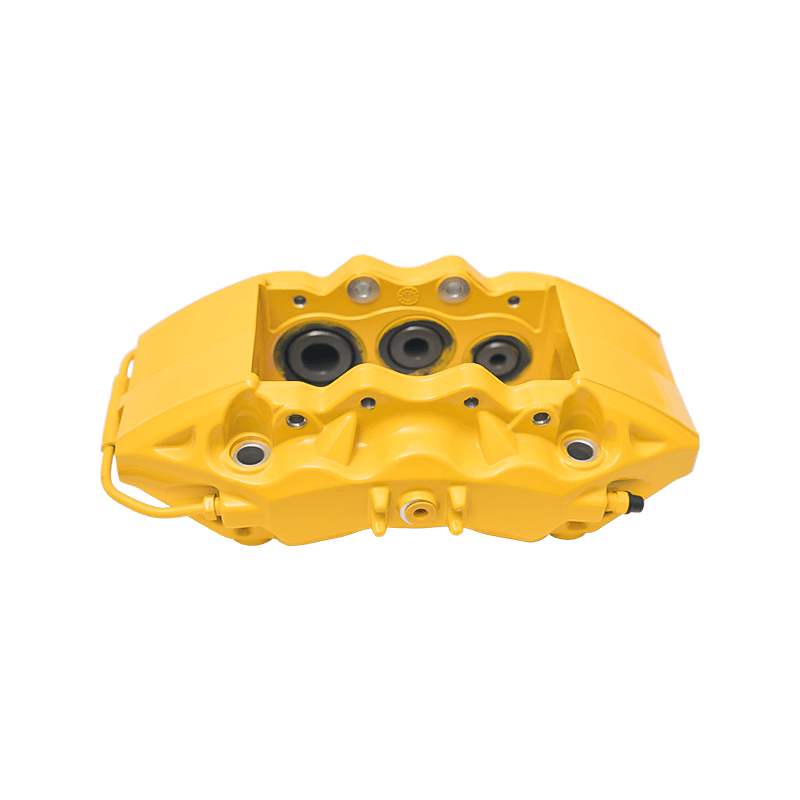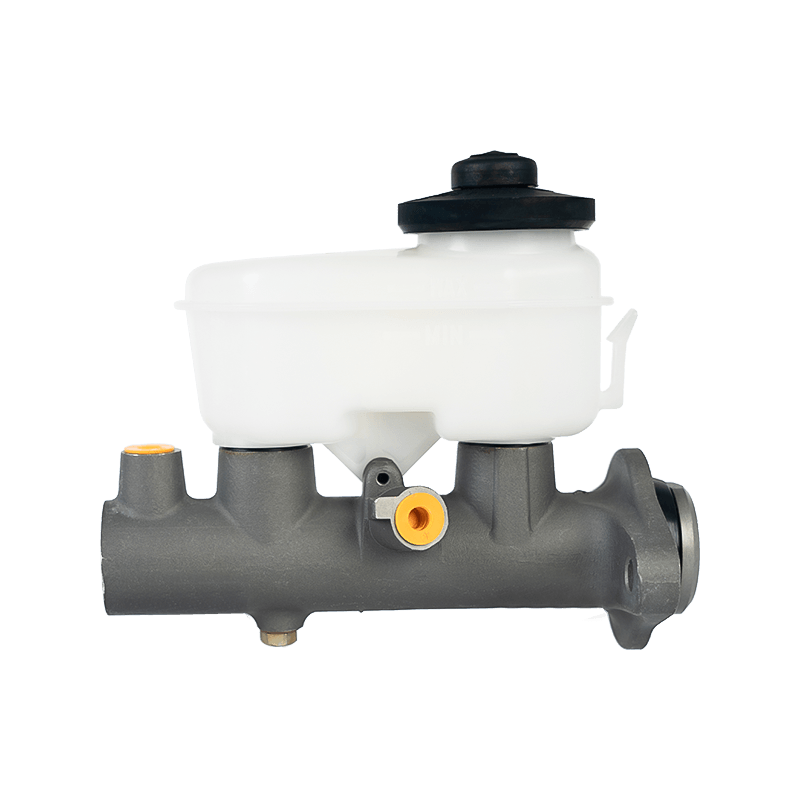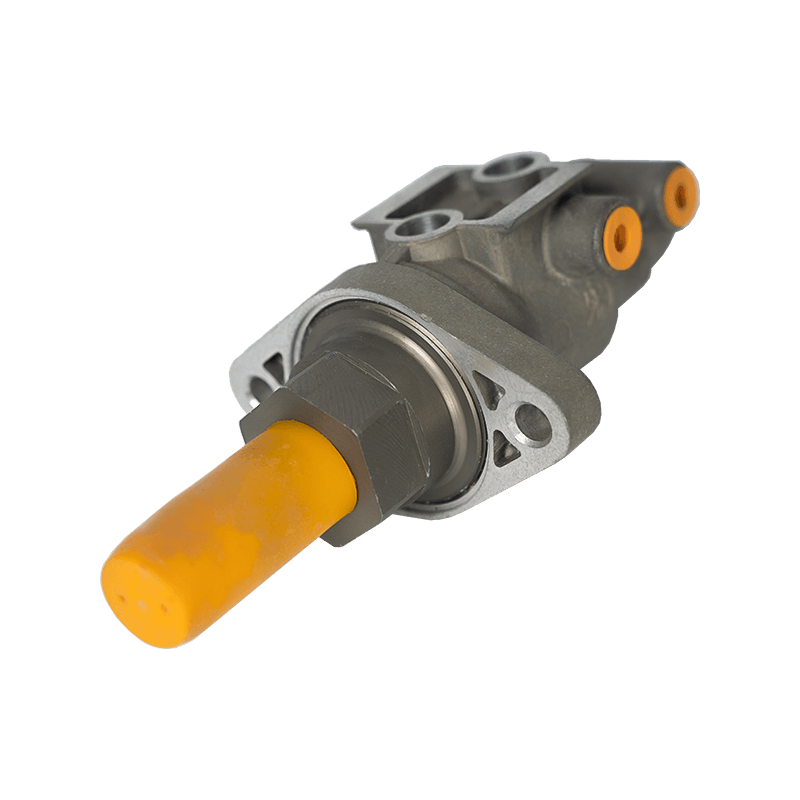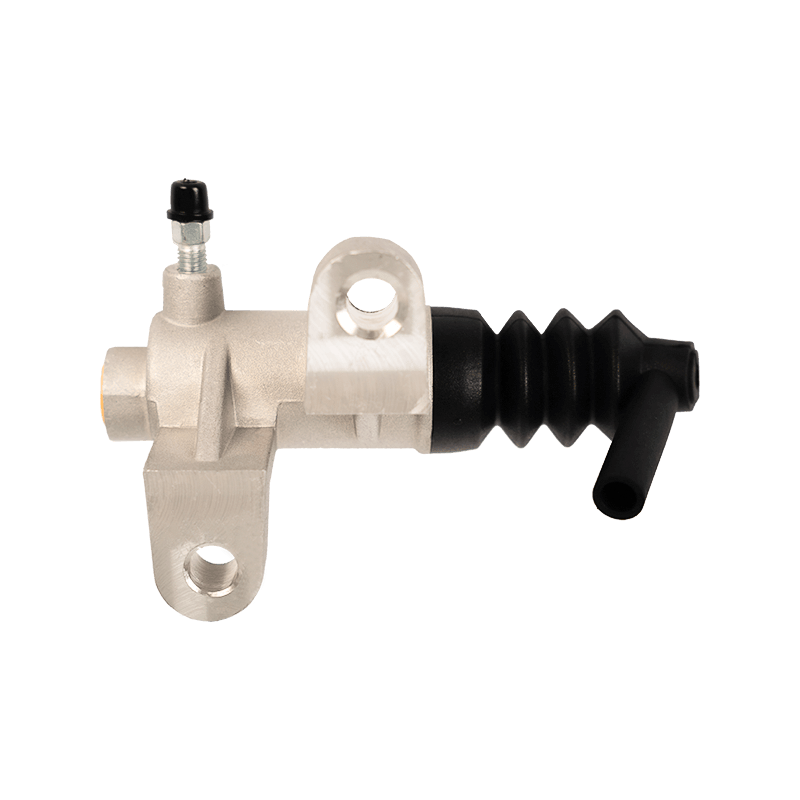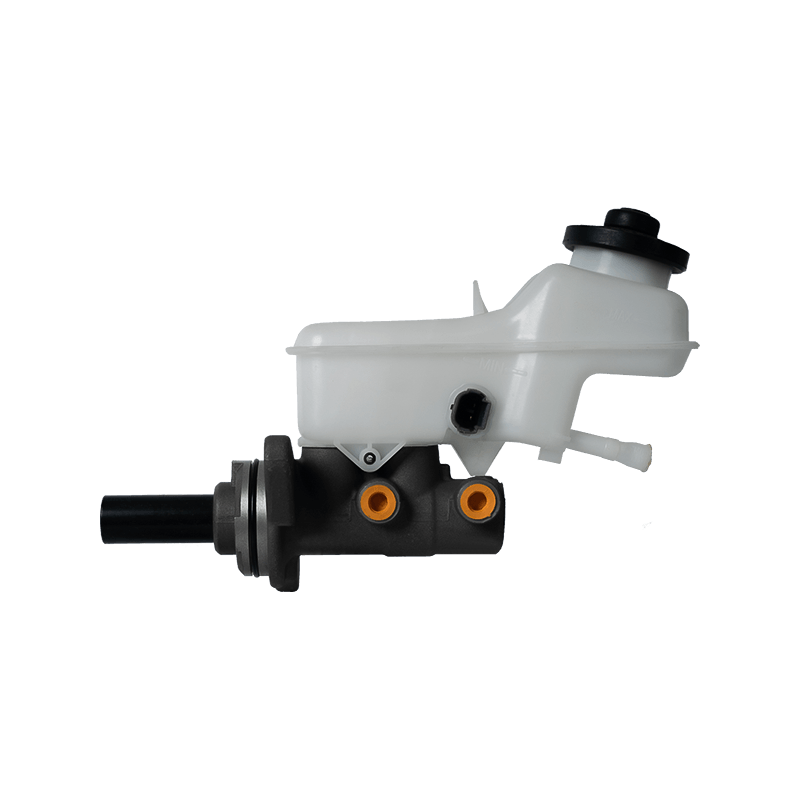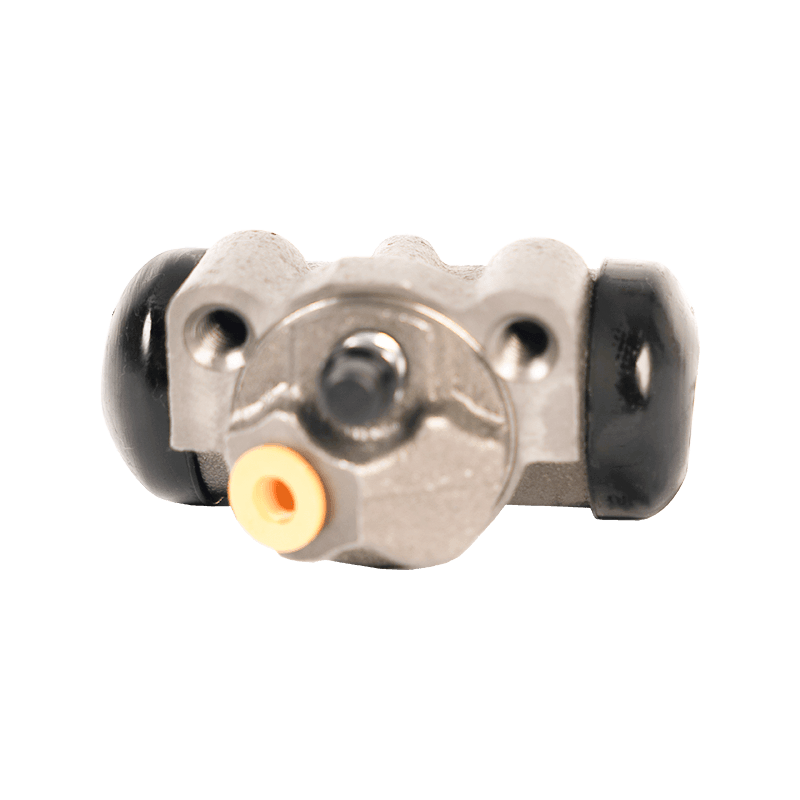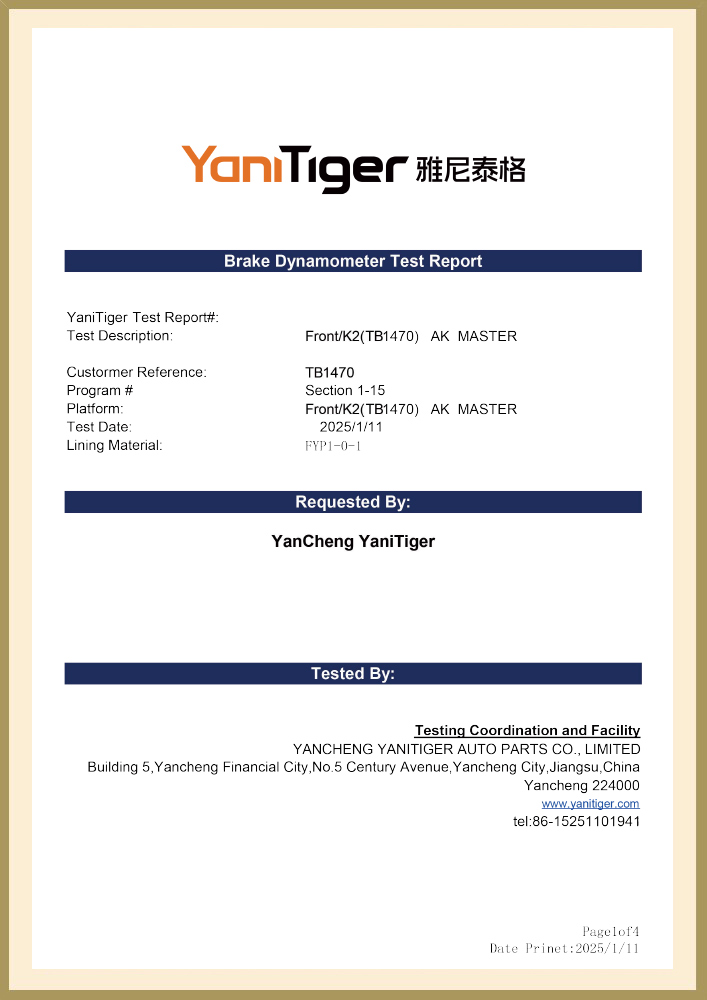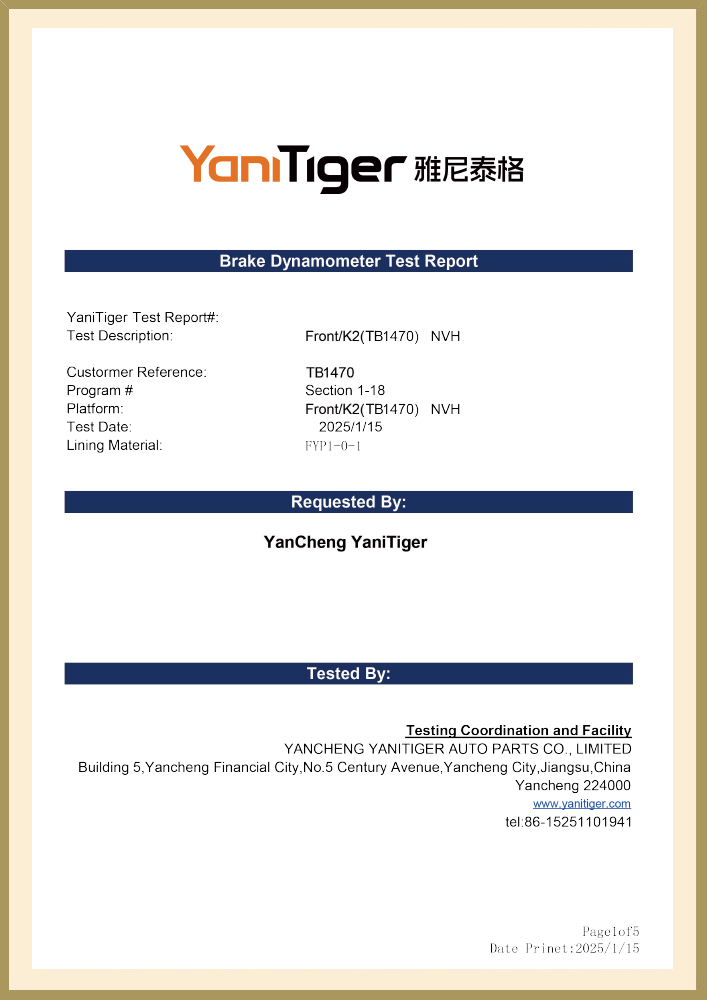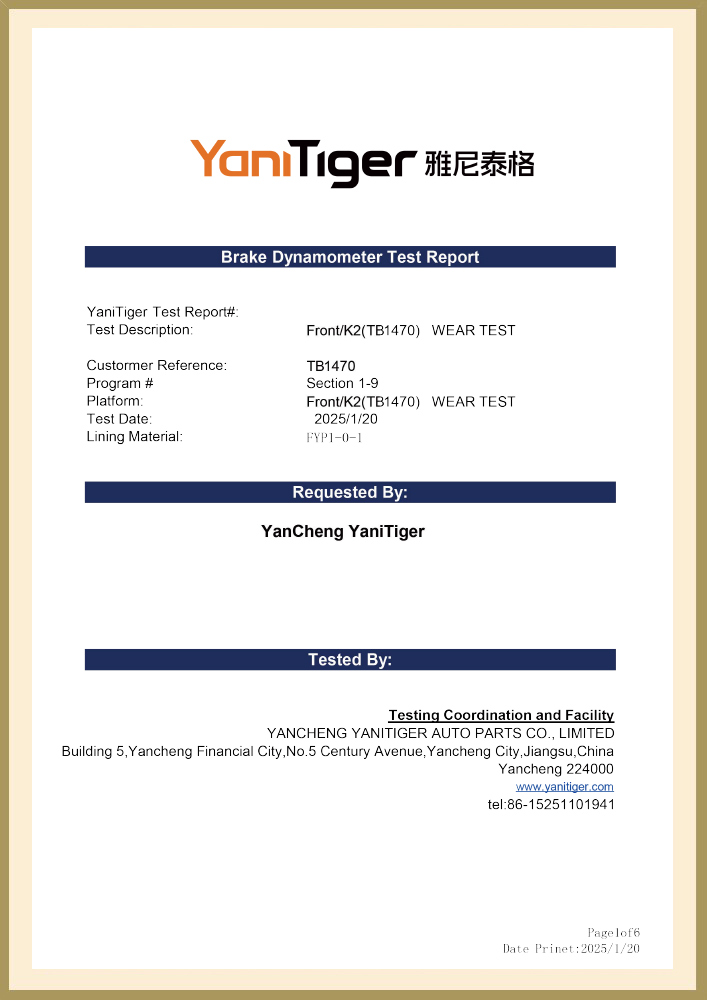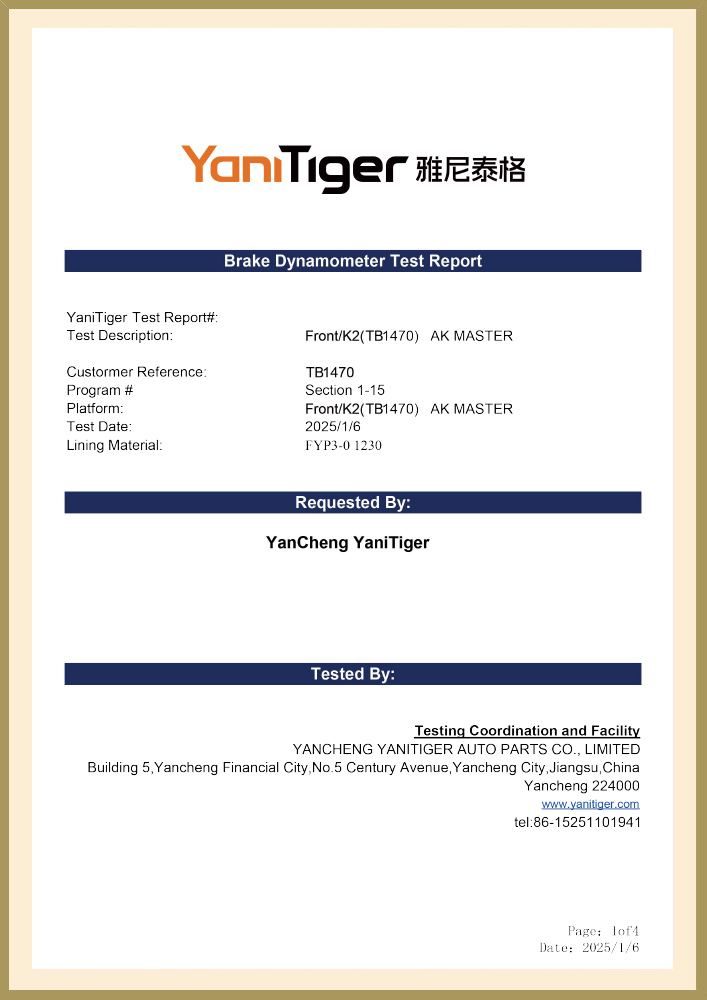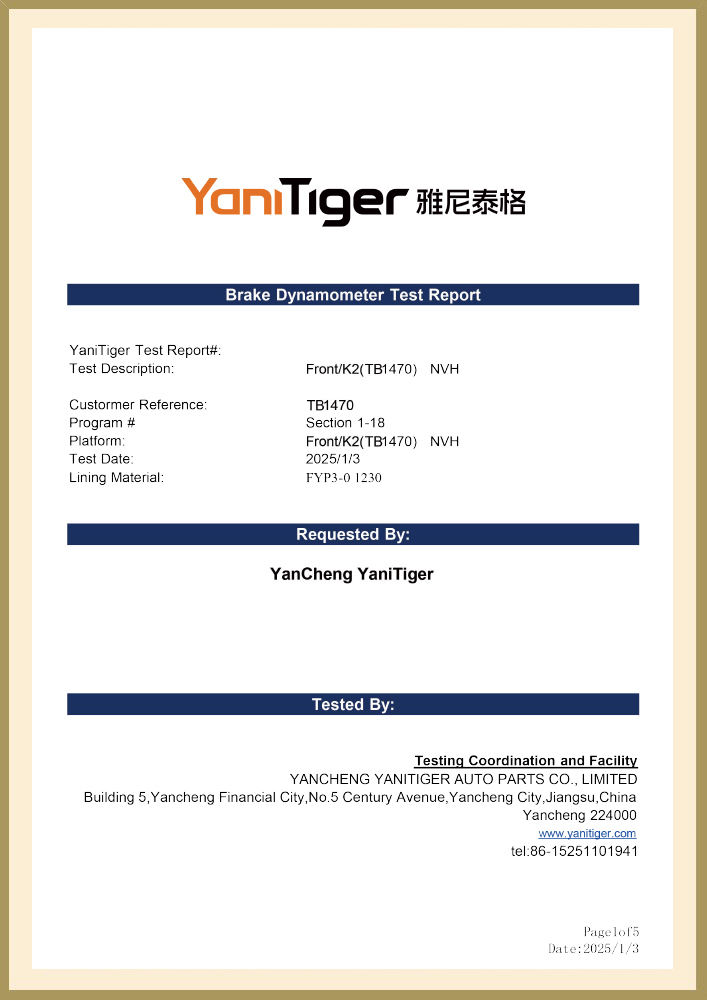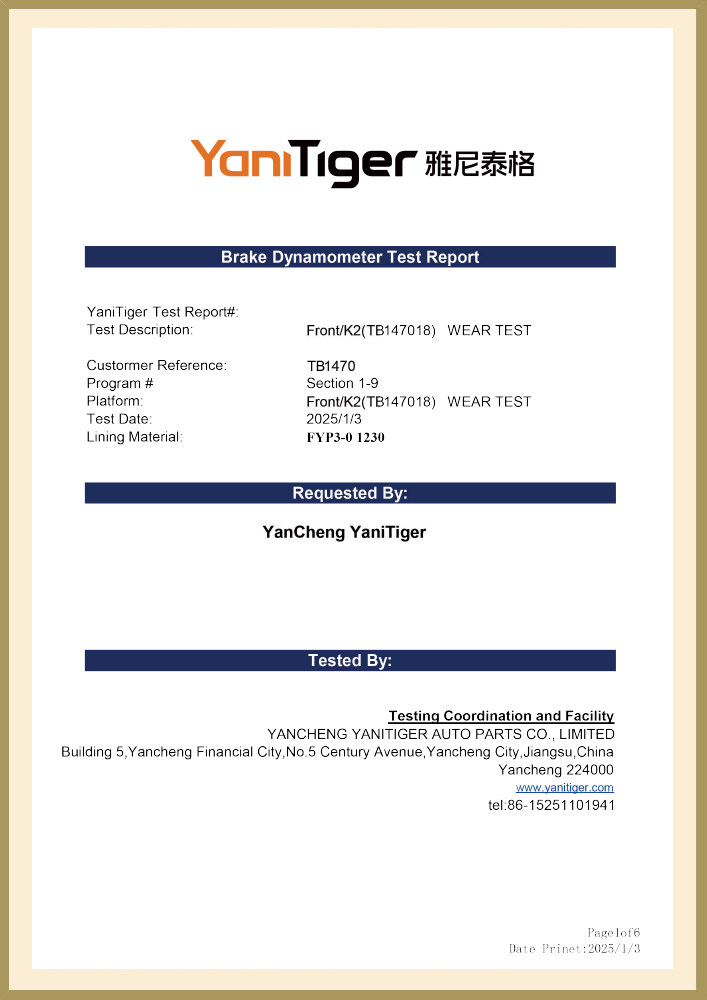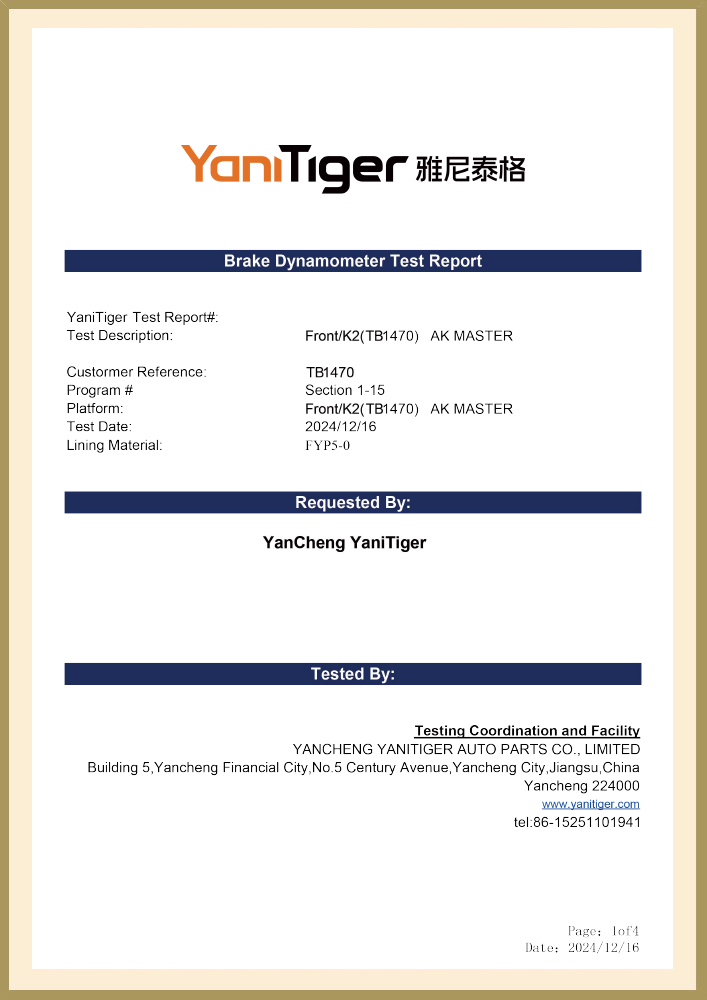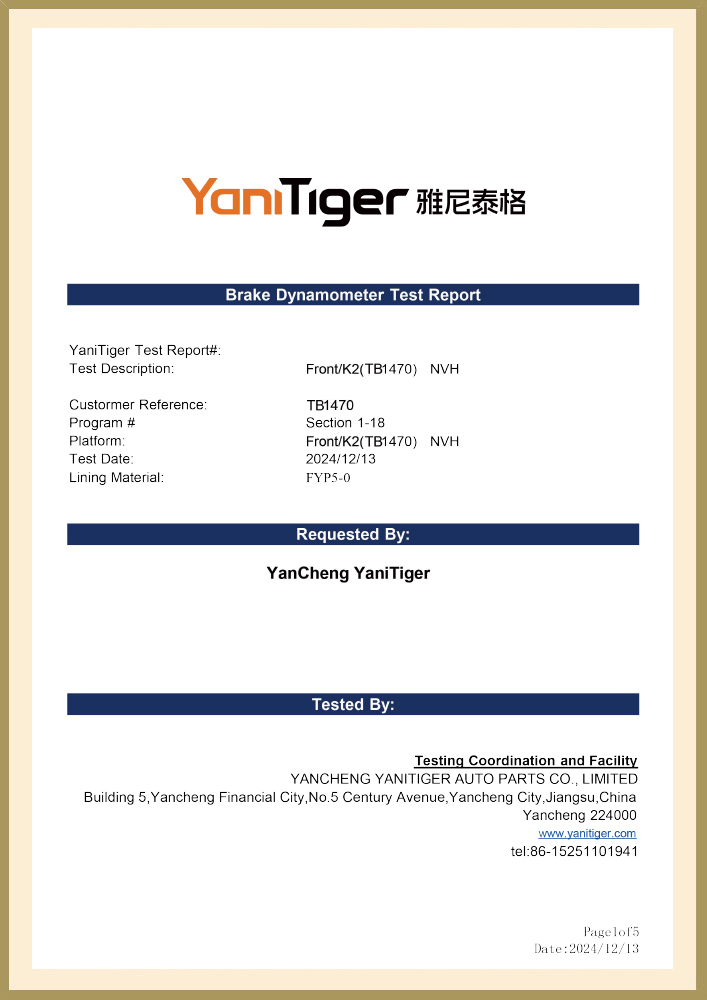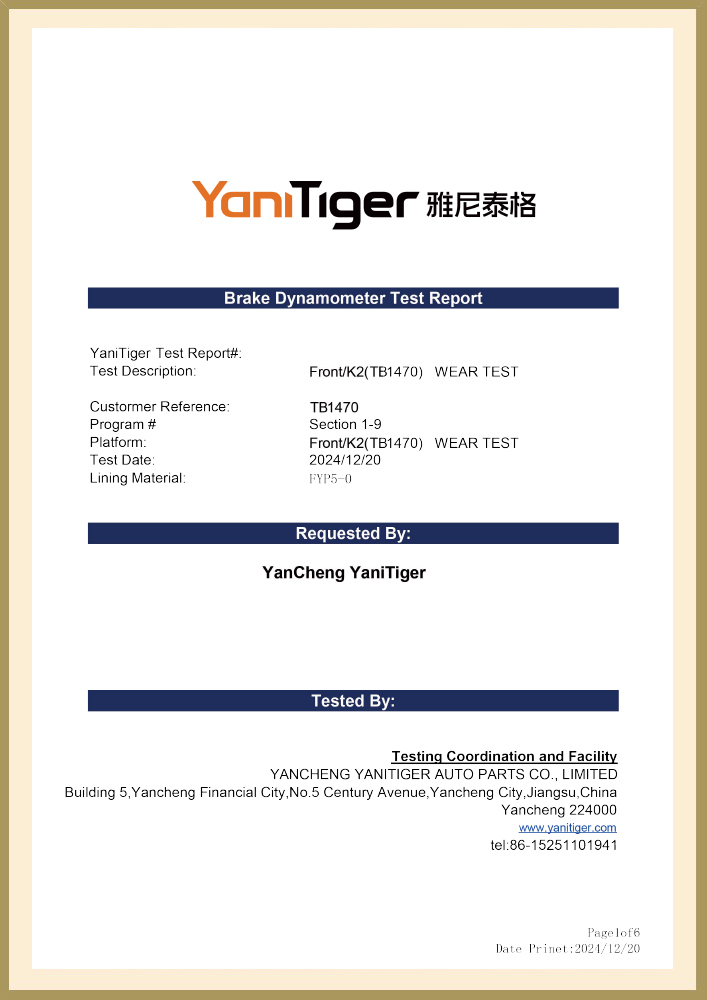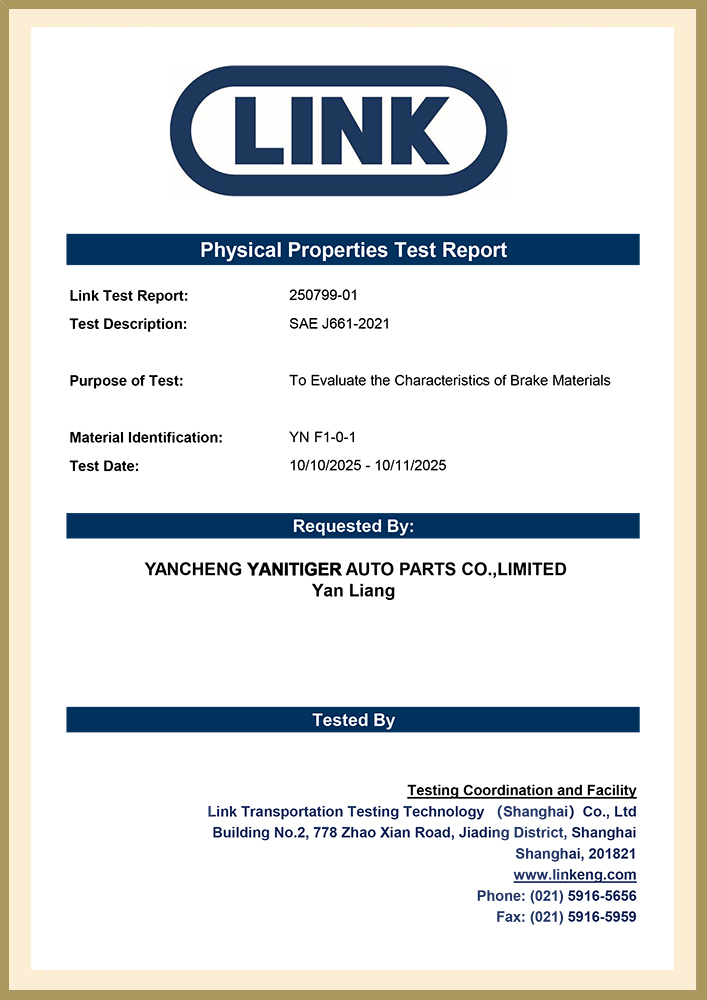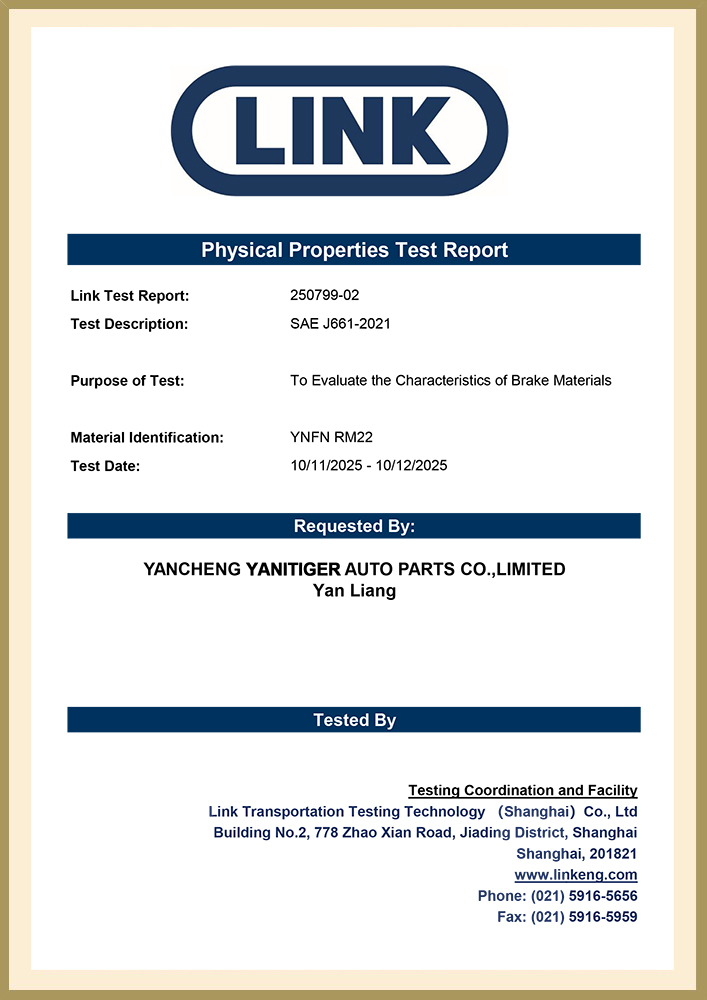BBS0601-3501100 Brake Caliper for Modified vehicle
|
OE NO |
BBS0601-3501100 |
|
DESCRIP |
Caliper |
|
MODEL |
Modified vehicle |

Specifications
KEEP IN TOUCH
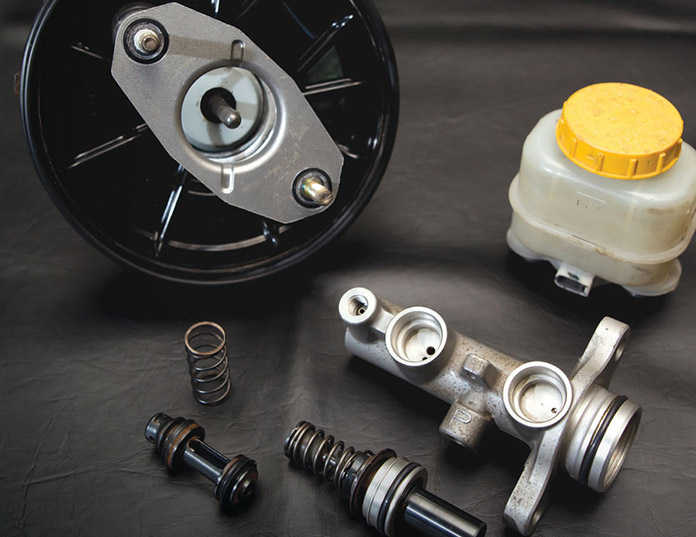
We have more than 1,000 brake shoes and brake pads for European, American, Russian, Japanese and Korean cars. The associated factories have created a highly experienced manufacturing team that exports thousands of auto part products worldwide. High quality and competitive prices are our targets. Our products have gained the certifications of ISO9001 and TS16949. We have built up a solid reputation with our customers in more than 30 countries.
We are looking forward to having a brighter and more successful business in the near future together with all of our clients all over the world.
-
Brake pads are undoubtedly one of the most important safety components in car maintenance. Among the many types of brake pads, ceramic brake pads and ...
READ MORE -
The hydraulic braking system is one of the most critical safety components of a car, and the master cylinder (brake master cylinder) is the "heart" of...
READ MORE -
Choosing the right brake pads is crucial, as it directly impacts your driving safety, driving experience, and vehicle maintenance costs. Step 1: Under...
READ MORE -
1. Ensure Braking Performance and Safety The coefficient of friction between the brake pads and brake discs directly determines the braking effect. An...
READ MORE
The BBS0601-3501100 modified car brake caliper has become a benchmark for high-performance car brake system upgrades with its innovative engineering design and track-level performance. This brake caliper is made of split forged aviation aluminum alloy. The weight of a single caliper is only 4.8 kg, which is 45% lighter than the traditional cast iron caliper. The compressive strength exceeds 380MPa and is compatible with the installation space of 18-22 inch wheels without the need to install flange gaskets. This caliper adopts a competitive design and may not be equipped with a dust cover (selected according to the use scenario). The piston oil seal and guide pin seal need to be checked every 5,000 kilometers or after the track day. If the rubber parts are found to be hardened, cracked or leaking, they must be replaced immediately to avoid mud and sand intrusion and piston jamming.
After modification or when replacing brake pads, a pressure exhaust device must be used to completely exhaust the hydraulic system air to ensure the linearity of the brake pedal travel. After installation, the brake pedal must be pressed until the pedal rebounds firmly to avoid empty space. Its core technological breakthrough is reflected in the multi-piston dynamic pressure distribution system. The six-piston gradient layout is combined with a dual-circuit hydraulic channel design to automatically adjust the output ratio of each piston according to the change in brake pressure.
After modification, it is necessary to ensure that the total area of the caliper piston matches the original master cylinder to avoid triggering the ABS fault code due to imbalance in the braking force distribution. It is recommended to use professional equipment to detect the braking force ratio of the front and rear wheels (preferably 60-70% of the front wheel). In terms of manufacturing technology, the caliper adopts a composite process of five-axis linkage CNC finishing and low-pressure sand casting. The casting is X-rayed to ensure that the internal porosity is less than 0.2%, and the piston hole position tolerance is controlled within ±0.005mm. The wavy cooling fins and vortex guide groove design can reduce the friction interface temperature of 650℃ to 200℃ within 120 seconds, which is suitable for high-frequency braking scenarios on track days.
 Search
Search
 Eng
Eng 
 English
English Español
Español Português
Português


